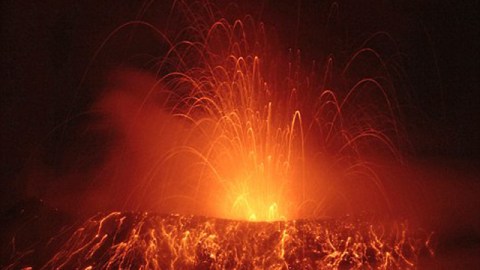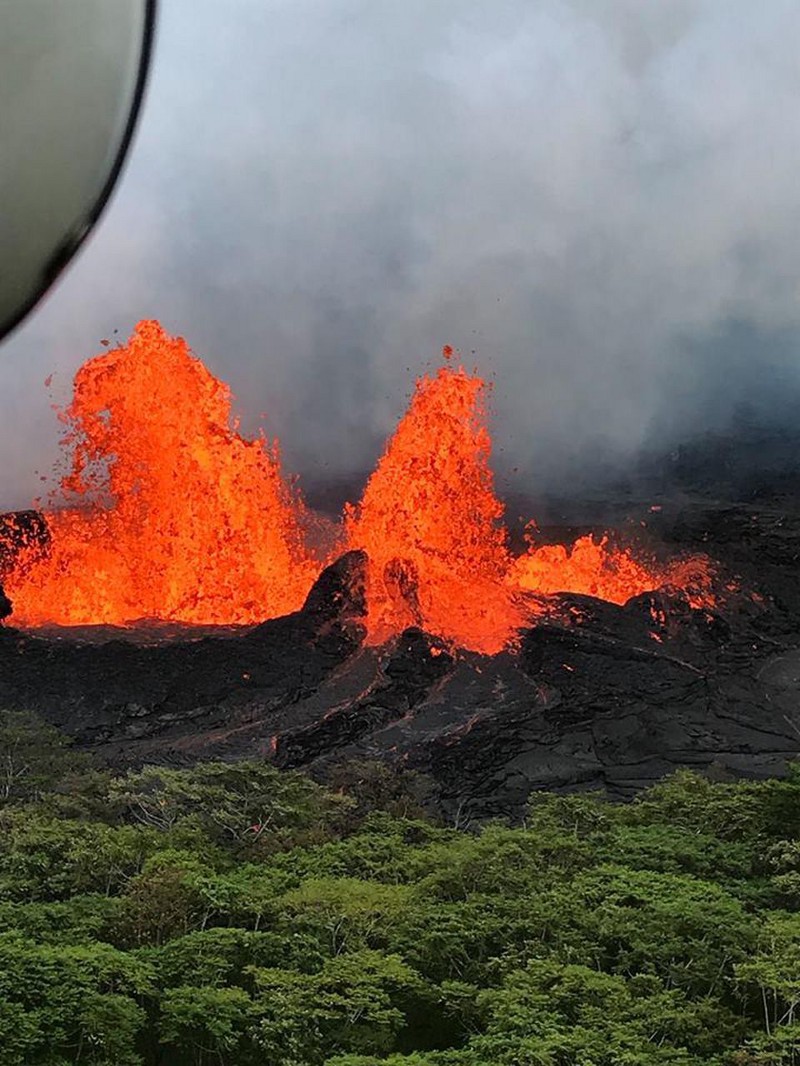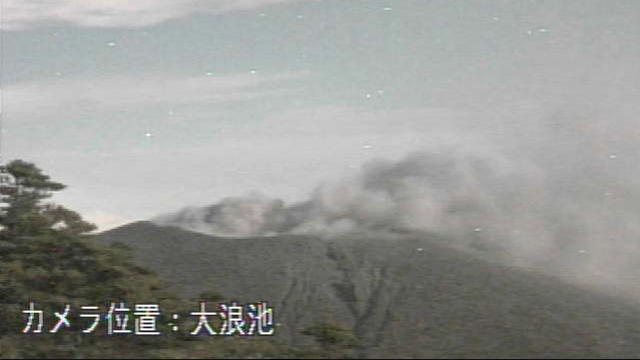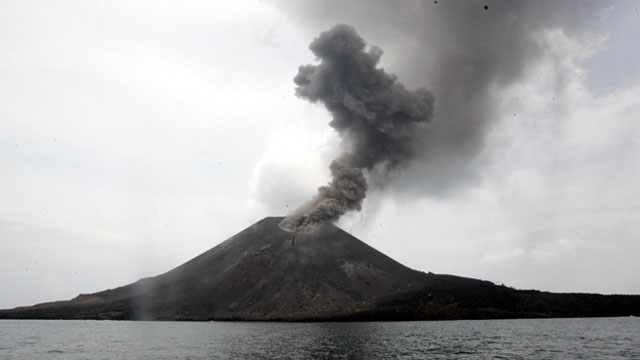South American Eruption Update: Tungurahua and Planchón-Peteroa still making noise, Puyehue-Cordón Caulle on alert

It has been a busy weekend in the news. Likely lost in all the hub-bub is the continued activity at Tungurahua in Ecuador. The volcano has continued to erupt (video), producing ash plumes that have reached at least 3 km / 10,000 feet over the weekend. Based on some of the images I’ve seen (top left), the volcano is throwing ballistic bombs over a large swath of the summit area. All of this is well within the typical activity at the volcano when it enters a significant eruptive event – and the Instituto Geofisica of Ecuador seems to think that the conduit for Tungurahua is open, with ready expulsion of ash and gas, so the threat of a large explosive event is diminished. Although the eruption (video) isn’t directly hazardous to many right now, the Ecuadoran government has now banned tourists from visiting the vicinity of the volcano.
The Daily Mail posted a series of images of the current eruption (with a description of the eruption as producing “lorry-sized boulders” … that left many Americans blinking I’m sure). You can try to catch your own glimpse of the activity in the IG webcams pointed at Tungurahua as well.
Further down the continent in Chile, Planchón-Peteroa is still producing small ash plumes (see below) – some of which have been quite visible on the webcam pointed at the volcano. The Oficina Regional de Emergencia (ONEMI) in Chile has issued a Yellow Alert (video) for towns near the volcano after an increase in the ash emissions and seismicity. The SERNAGEOMIN’s latest update on Planchón-Peteroa (word document) mentions that the region of the volcano felt 405 earthquakes over the month of April, many of which were offset from the active crater by 25 km. The volcano did produce steam and gas plumes mixed with small (~1.2 km) ash plumes that deposited ash and lapilli on the SE and SW slopes of the volcano. Interestingly, the update says that the seismic activity is “relatively stable” with shallow hydrothermal system activity, “the ash and gas emissions have increased to become almost continuous phenomenon, which may facilitate destabilization of the system.” So, this seems like a situation well worth watching.

The active crater area at Chile’s Planchón-Peteroa as seen on April 30, 2011. Image courtesy of SERNAGEOMIN.
Finally, one other Chilean volcano has been placed on Yellow Alert status as well: Puyehue-Cordón Caulle. This volcano hasn’t shown any surface activity (word document) beyond a slight increase in fumarolic activity, but seismicity has increased over April 29 – with over 140 earthquakes over a 4 hour period at 4-6 km depth. However, that seismicity has ceased. There doesn’t seem to be an imminent threat of an eruption, but ONEMI has warned towns to be ready if activity increases more. The last eruption at Puyehue-Cordón Caulle was a very small event in 1990, but in 1960, the volcano produced a VEI 3 eruption.
{Special thanks to all the Eruptions readers who provided links and images in this post.}
Top left: Summit region of Tungurahua in Ecuador on April 29, 2011.





